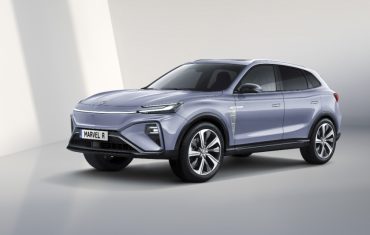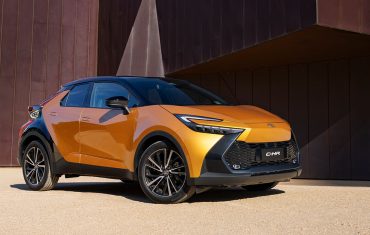
Toyota HiLux Rogue Review
For driversThe hardest working cars have been left behind in the transition towards electrification.
Dual-cab utes are the most popular type of vehicle in Australia and yet buyers have had little choice when it comes to lowering emissions.
But things are starting to change, and the latest update to the evergreen Toyota HiLux makes a small step towards electrification with the introduction of a mild-hybrid system designed to reduce fuel consumption.
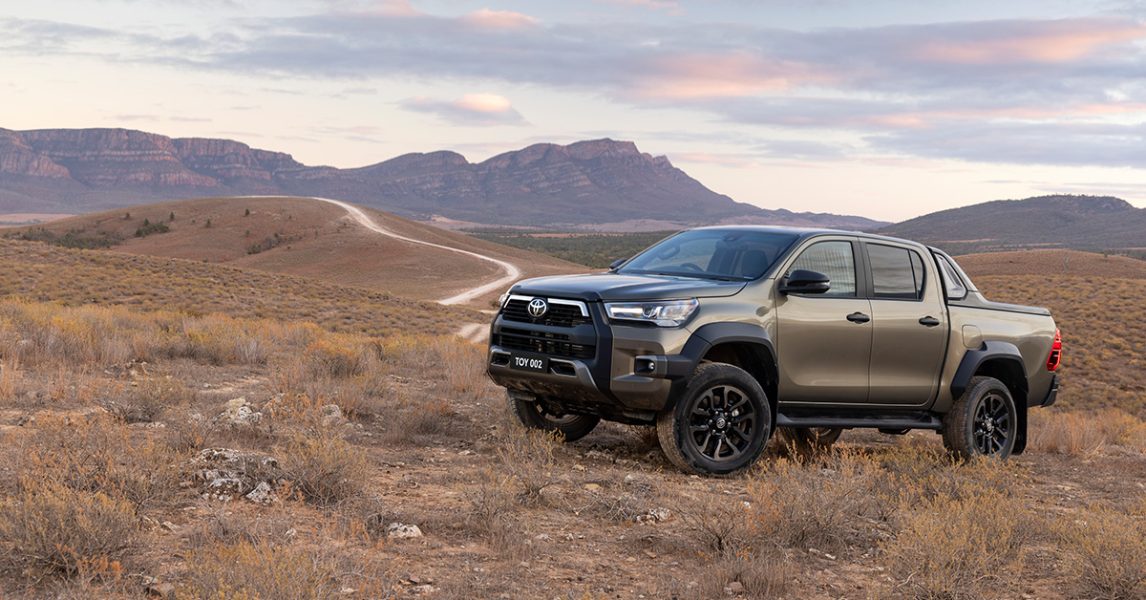
It is the key mechanical change among a mid-life upgrade that covers the entire dual-cab HiLux range, along with the arrival of a new flagship GR Sport variant aimed at off-road enthusiasts and positioned as a rival for the benchmark Ford Ranger Raptor.
The mild hybrid system isn’t a full-on petrol-electric powertrain like most other passenger vehicles in the Toyota range. Instead, it adds an electric generator to the engine teamed with a higher-capacity 48-volt under the rear seats that, essentially, allows the engine to shut down when the vehicle is stationary without switching off the ancillaries such as the air conditioning, instrument cluster and audio system.
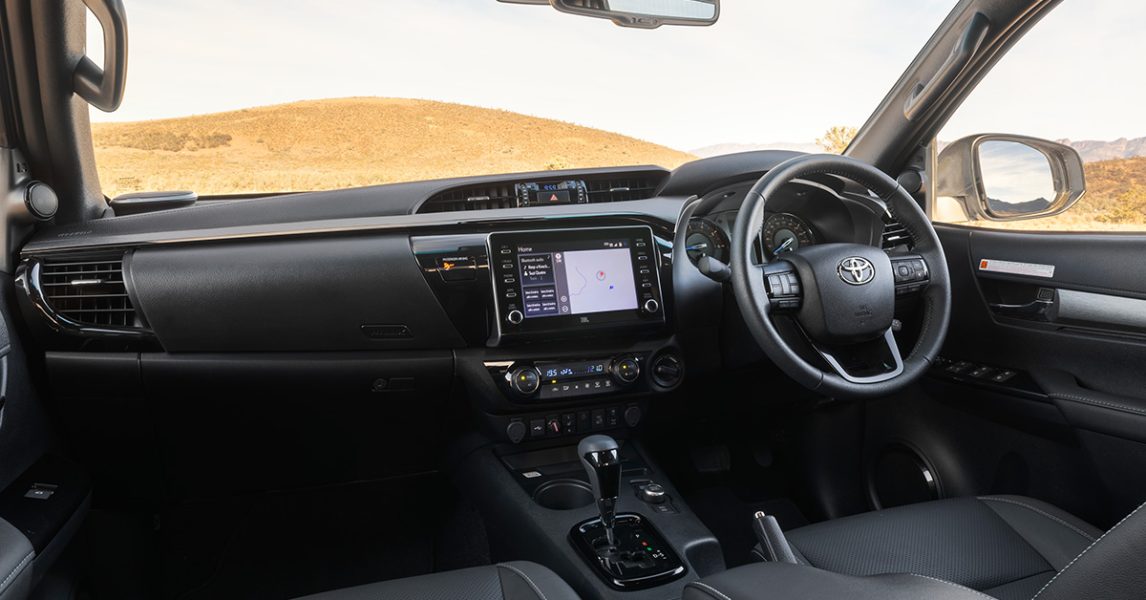
Toyota claims the system, which it calls V Active Technology, can provide an additional 8.4kW boost in power to assist the engine under acceleration but it doesn’t alter the maximum power outputs generated by the robust 2.8-litre direct-injection turbo diesel four-cylinder, which continues to produce 150kW of power between 3000-3400rpm and 500Nm of torque from 1600-2800rpm.
Instead, it reduces fuel consumption by 9.5 per cent compared to the previous generation HiLux, with the Rogue model we’re testing claiming to consume an average of 8.4L/100km.
The HiLux Rogue, which costs from $71,530 plus on-road costs, was designed by Toyota Australia and sits under the flagship GR Sport variant as a rival to the likes of the Ford Ranger Wildtrak, Isuzu D-Max X-Terrain and Nissan Navara Warrior.
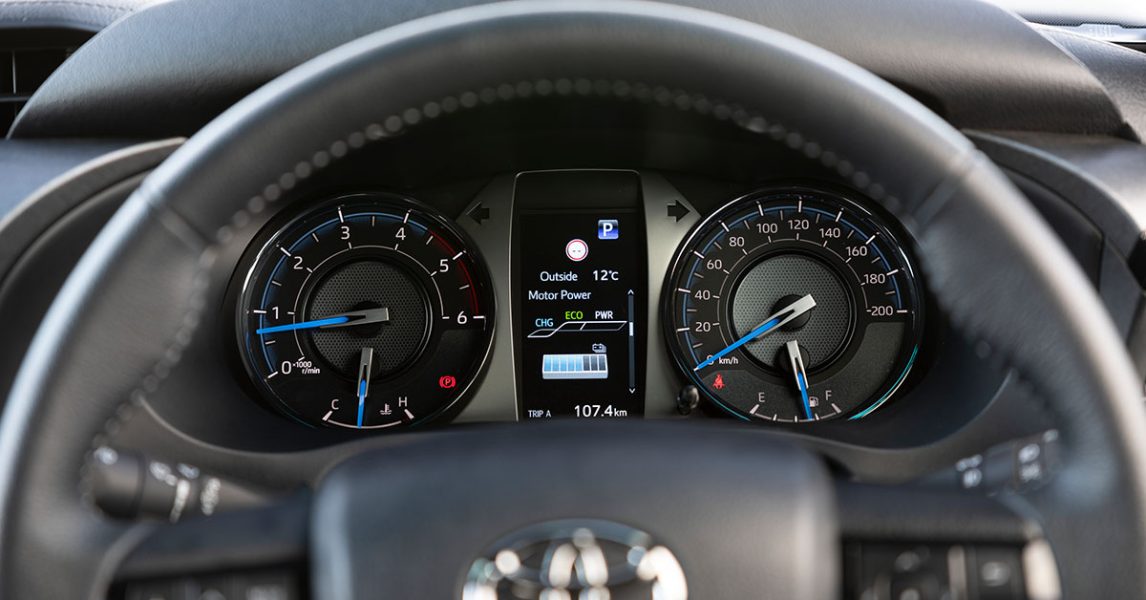
As such, it features unique bodywork with wider wheel arches, 18-inch alloy wheels, revised suspension and steering tuning, a standard tow bar and a motorised retractable hard tonneau cover over the rear tray.
Inside the cabin, it comes equipped with a decent list of standard equipment that includes leather trim, heated front seats, dual-zone climate control, wireless phone charging, a 4.2-inch multi-information display in the instrument and an 8.0-inch colour infotainment screen with sat nav, smartphone mirroring, Bluetooth connectivity and a nine-speaker JBL audio system.
On top of that, it features a comprehensive array of advanced safety systems such as autonomous emergency braking with pedestrian and daytime cyclist detection, adaptive cruise control, lane departure warning with steering assist, road sign recognition and front and rear parking sensors with 360-degree display.
As such, along with seven airbags, the HiLux scores a maximum five-star ANCAP safety rating.
As for how it drives, most importantly the mild hybrid system doesn’t compromise the HiLux’s hard-working capabilities. It maintains a 780kg maximum payload and 3500kg braked trailer towing capacity, as well as its incredible ability to scramble through the harshest off-road environments. It doesn’t act or feel any different to drive on the highway, where it cruises comfortably and effortlessly – albeit with a fair degree of wind and road noise entering the cabin.
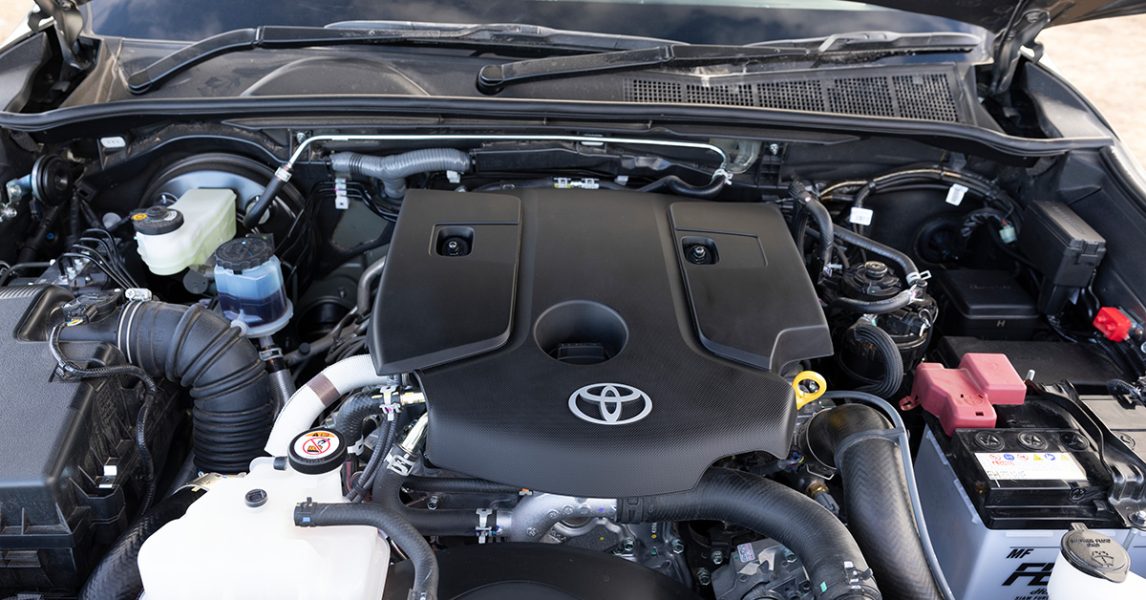
Where it makes the biggest difference – and the most significant reduction in fuel consumption – is around town, particularly in heavy traffic and stop-start suburban streets. This is where the engine will shut down the most, which is does seamlessly and invisibly.
It also comes back to life just as quickly as soon as you release pressure on the brake pedal, which makes it effortless to move away from a standstill without any interruption.
Apart from saving fuel, the added bonus to the engine shutting down temporarily is the small window of serenity it provides by not having to listen to the turbo diesel engine chugging over at idle speeds.
The 2.8-litre four-cylinder is a strong and gutsy motor, with plenty of low-down and good mid-range torque which makes it easy and effortless to drive around town, especially thanks to the smooth-shifting six-speed automatic transmission. But it isn’t the most refined engine and is rather noisy under load.
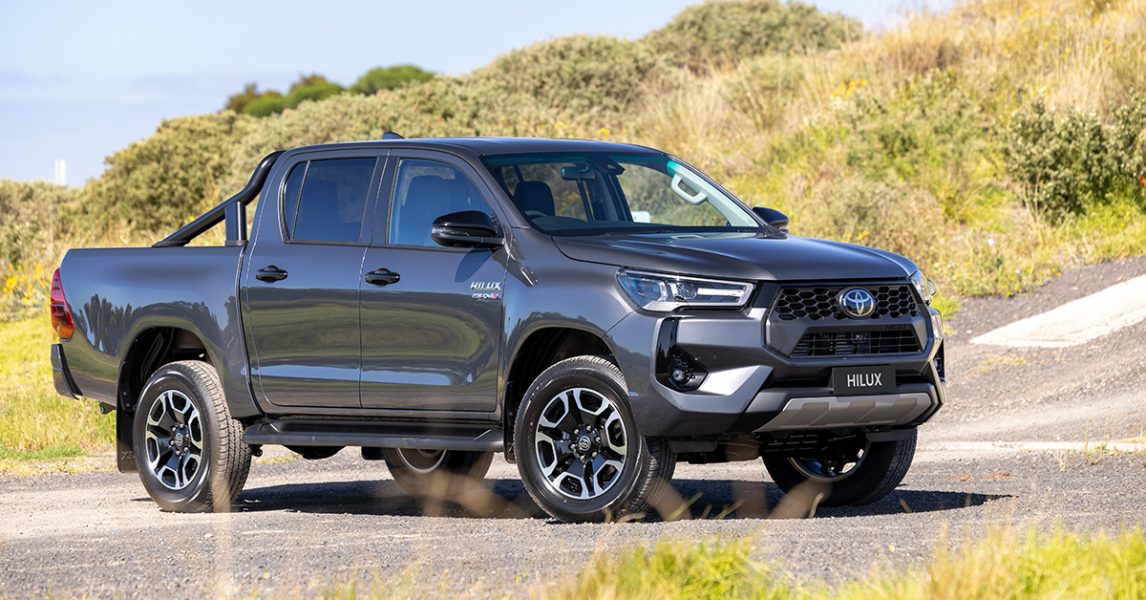
Similarly, the HiLux’s rugged underpinnings – like all of its rivals, are built on a heavy-duty ladder frame chassis with leaf spring rear suspension – make it feel fairly jiggly over rough road surfaces. It’s hardly the benchmark of sophistication when it comes to comfort.
But it is easy to drive, with light steering, decent brakes and a surefooted character on dry sealed road surfaces. Sure, it’s not a sports car through the bends, but it does feel better tied down and more secure than most other dual cab utes.
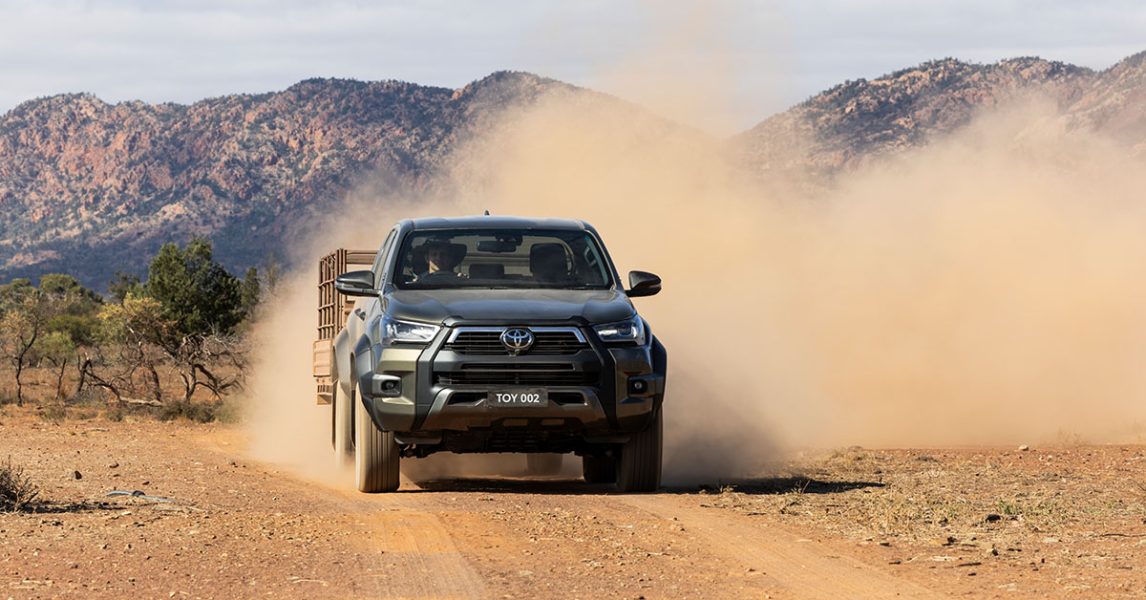
Where it really shines is in the rough stuff, with excellent ground clearance wheel articulation and plenty of traction thanks to its all-terrain tyres and low-range four-wheel drive transmission, which now features multiple driving modes that alters the engine, transmission and electronics to suit different terrains.
All in all, the introduction of a mild hybrid powertrain to the HiLux range is a small step in the right direction towards wider adoption of electrification in the dual-cab ute sector.
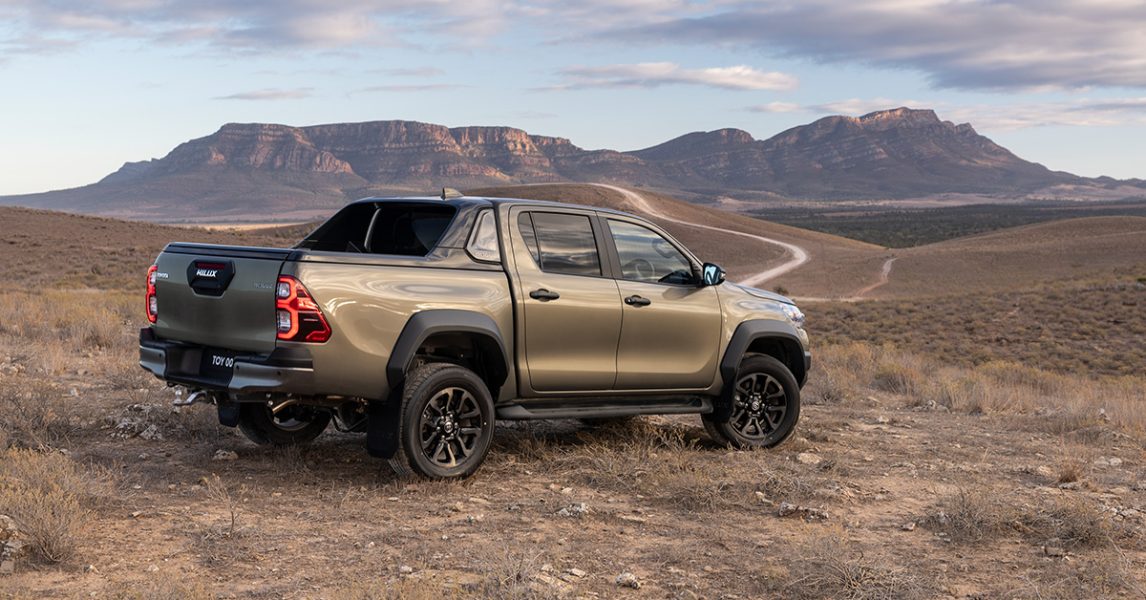
Sure, it’s a marginal gain in fuel economy, and any improvement over its predecessor will depend on where and how you drive it. But it does what it says on the tin and could you save hundreds – if not thousands – of dollars over an entire lease period.
Most importantly, the mild hybrid system doesn’t compromise on the HiLux’s rugged, hard-working character, nor does it affect its packaging, payload towing capacities and affordable maintenance schedule.
For more information on the transition to zero-emission mobility, contact SG Fleet today.
 Driving Insights
Driving Insights

